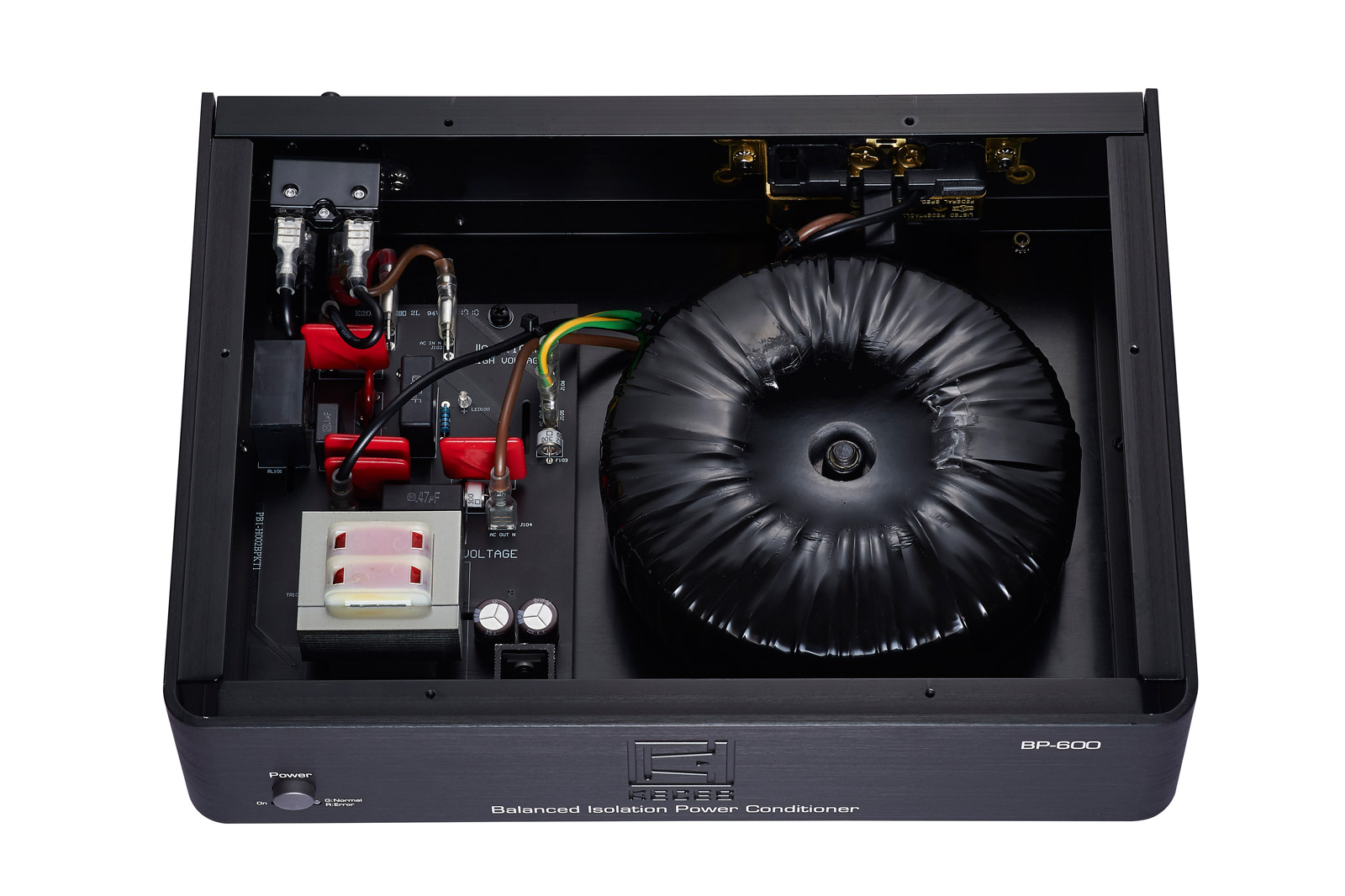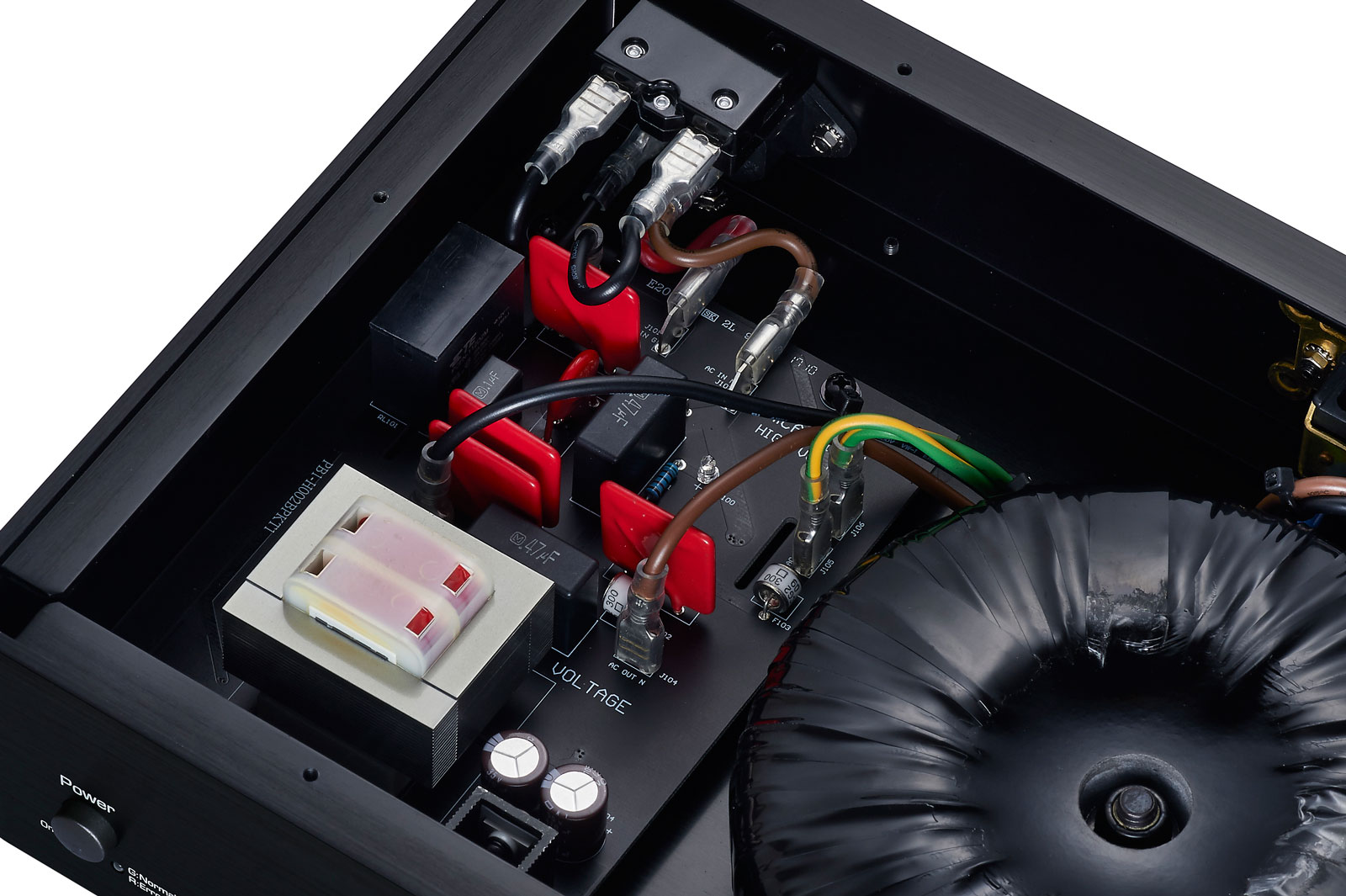How do you propose that the mains borne control signals be fixed? They are fed into your house from the street supply. What about local electrical equipment, your next door neighbour's welder, the motor switching noise from the factory in the next block. Getting it fixed is not always possible. Or rather the fix is to buy a power conditioner. Seriously, power conditioners are not some weird snake oil invented to fleece audiophools. The Audio branded ones are, but reputable manufactures make power conditioners for sensible reasons and have done so for decades.
I think everyone will agree with you. The problem is as you know that most, overwhelmingly are sold (audio versions) to audio tweakers or people that have been bamboozled by corrupt marketing. Yes, I mean lies and corrupt marketing on a massive scale. If you truly have a problem, then yes, it is needed. But I would say most audio regenerators are sold to audiophools who believe that they have massively dirty AC mains power even though all of their equipment works perfectly and sounds great. They worry about the "possibility" of having dirty AC power! Unbelievable.


